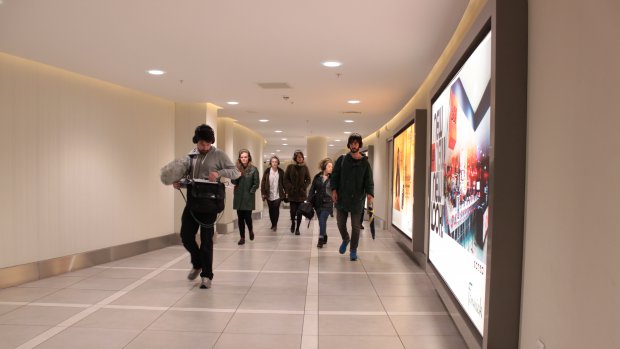
James Mooney draws parallels between the music of Hugh Davies and a starling murmuration. Whilst swarming in a group murmuration each individual bird makes a decision informed by its distance and relative position in the group. The bird can change its direction or height at its own discretion. The beauty and interest occurs when 1000s of birds perform their individual activities collectively. Mooney shows the connection between this natural phenomena and the intuitive music of Davies and Stockhausen. Each performer, after being given certain rules and principles, can make their own decisions within a certain framework, co-existing with the other performers but having autonomy within their own musical output.
Hugh Davies’ work is an ecology of overlapping and intertwined ideas, his long and varied career was dedicated to experimental methods of musical creation. His thinking, concepts and sonic presentations are very current and still closely practiced by many performers today. As an assistant to Stockhausen for two years, Davies was influential in the development of intuitive music. This approach to composing musical performances involved instructional scores, principles and rules generally given by the composer and interpreted by the performer. Alongside the development of compositional approaches Davies made his own instruments and conducted large amounts of research around electronic music.
I find Davies concern with the everyday particularly resonant. His self-built instruments made from found materials, open up dynamic noise-making possibilities with kitchen implements, homemade electronics and contact microphones. By amplifying these objects, he reveals the minute musical potential of all sorts of items including screwdrivers, egg slicers and scraps of metal. His scratchy, metallic compositions (recordings of which can be found in the British Music Collection) demonstrate his performance approach to these self made sound sculptures.
His improvisational methods are explicit in his recordings but this spontaneous practice reaches far beyond the switching on of the recorder. Intuition and improvisations are ingrained into his instruments and his approach to the collected material, both physical and sonic. He both composes and performs these home brewed interfaces, physicality is found in the recordings and the embedded into object itself.
Out of such a large body of work it is difficult to choose a favourite. When pushed I recommend Shozyg (1969), a sound sculpture made inside an encyclopaedic volume. Within it are small prongs, springs and wires which are plucked, scraped and twanged by the performer. This recording demonstrates Davies explorations of DIY diaphragms.